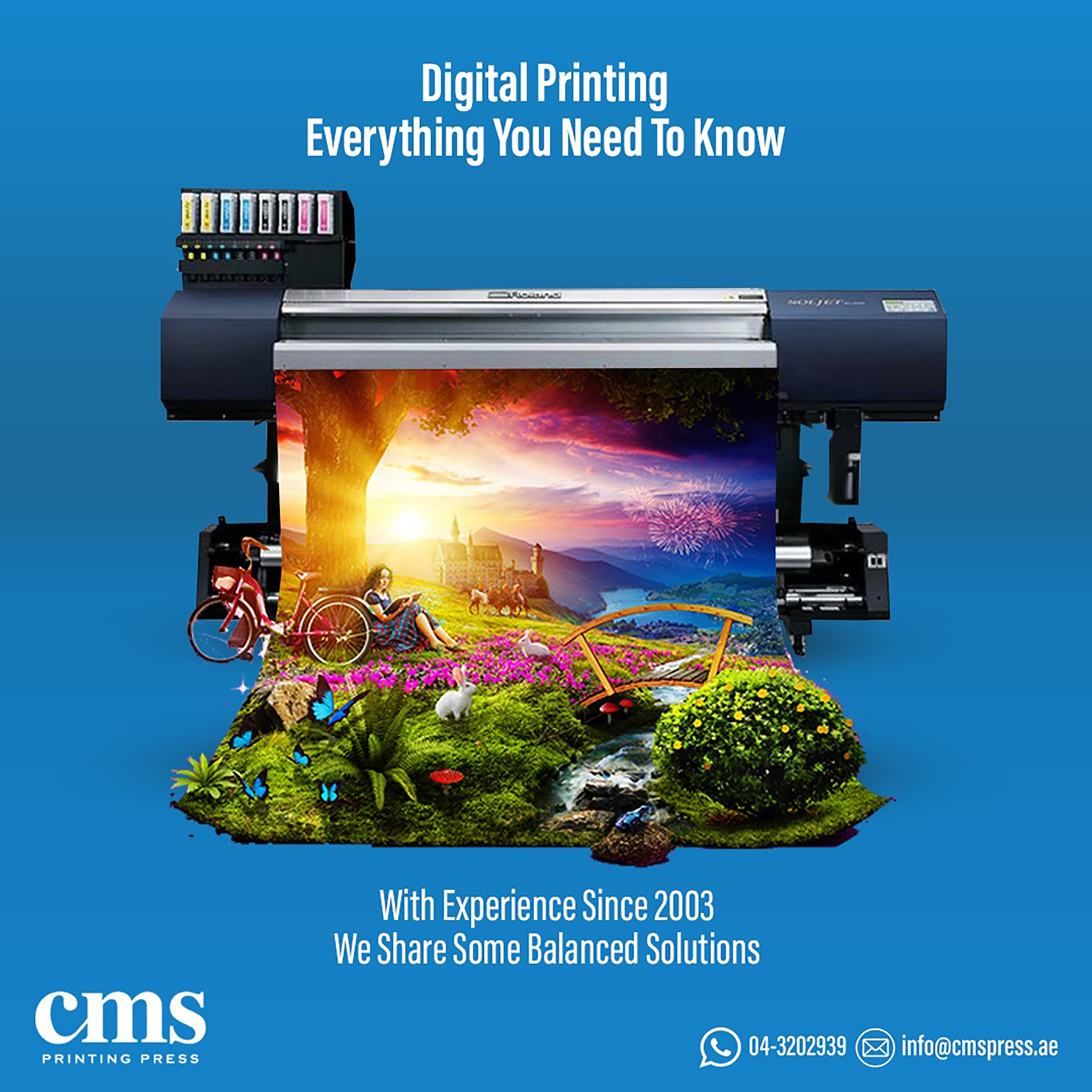Innovative makers are launching new products daily through print on demand.
Innovative makers are launching new products daily through print on demand.
Blog Article
Comprehending How Digital Printing Transforms the Printing Market
The printing market, long soaked in standard techniques, is undergoing a radical makeover with the introduction of digital printing. This innovative technology, which avoids the need for publishing plates, allows fast manufacturing and customization, improving the landscape of print interaction. With its possible to stimulate engagement with individualized material and to use lasting remedies, it's clear that digital printing is greater than a technical development; it's a critical video game changer. Exactly how precisely does it transform the industry? Let's explore.
The Advancement of Digital Printing: A Quick Review
Because its beginning, digital printing has actually undergone considerable improvements, consistently transforming the printing industry. Its development began with the growth of xerography in the mid-20th century, a process which laid the foundation for laser printers. With the advent of the 90s, electronic printing modern technology started to mature, and the market observed the intro of straight imaging presses, which got rid of the need for publishing plates. As the brand-new millennium unravelled, developments in modern technology even more spurred the growth of digital printing, leading to the production of high-speed inkjet printers. These tools offered premium high quality and rate, for life altering the landscape of the sector. Today, electronic printing stands as a testimony to human development, continuously evolving to meet the ever-changing demands of the contemporary globe.

Unpacking the Modern Technology Behind Digital Printing
Diving into the intricacies of electronic printing innovation, one comes across an abundant tapestry of innovative machinery and facility algorithms. At the heart of this process lies a digital image, which is refined by software that splits it into a grid of dots. These dots are then exchanged a digital code. This code is interpreted by the printer, which utilizes it to exactly deposit beads of ink onto the substrate. The droplets are so tiny and precise that they produce Get the facts an image that is practically tantamount from the initial. This intricate system, boosted by innovative software and high-resolution imaging, has changed the landscape of the printing market, leading the way for unmatched degrees of information and accuracy.

The Advantages of Digital Printing for Companies
Recognizing the modern technology behind digital printing supplies a clear image of its precision and detail. Digital printing is eco pleasant, making use of less ink and generating less waste. The full capacity of visit here electronic printing is understood when used for customization and customization, a topic that will be covered in deepness in the following section.
The Function of Digital Printing in Customization and Personalization
While standard printing approaches deal with modification and personalization, digital printing stands out in these locations. It enables the easy alteration of styles, without the demand for pricey and time-consuming plate adjustments (print on demand). This allows companies to customize products to private clients, meeting specific demands and improving client complete satisfaction
Digital printing likewise enables variable information printing, where aspects such as message, graphics, and photos might be transformed from one published piece to the following, without decreasing the printing process. This is especially useful for direct advertising projects, where customized messaging can substantially enhance action prices. By doing this, electronic printing not only changes the printing market but also changes the means organizations interact with their customers.
Evaluating the Environmental Impact of Digital Printing
Although digital printing has been lauded for its function in modification and try this site customization, it is crucial to analyze its ecological influence. Digital printing can be much less wasteful than traditional approaches, due to the fact that it operates on a 'print as needed' basis, removing the demand for large print runs that can result in surplus and waste. In addition, it uses less chemicals and generates less unstable natural substances (VOCs) compared to balance out printing. The energy use of digital printers can be high, leading to raised carbon footprint. In addition, using non-recyclable printing elements and the challenge of e-waste management pose significant environmental concerns. As a result, while electronic printing has numerous advantages, its ecological influence must be conscientiously handled.
Verdict
In conclusion, electronic printing has changed the printing sector, offering fast, cost-effective, and high-grade services - print on demand. Understanding these modifications is critical for services to take advantage of the benefits of digital printing properly.
Report this page